1
HOME > Get the Look >
HOW TO DRESS WELL FOR WINTER WEATHER
Written by Ivan Yaskey in Get the Look on the 11th January 2022
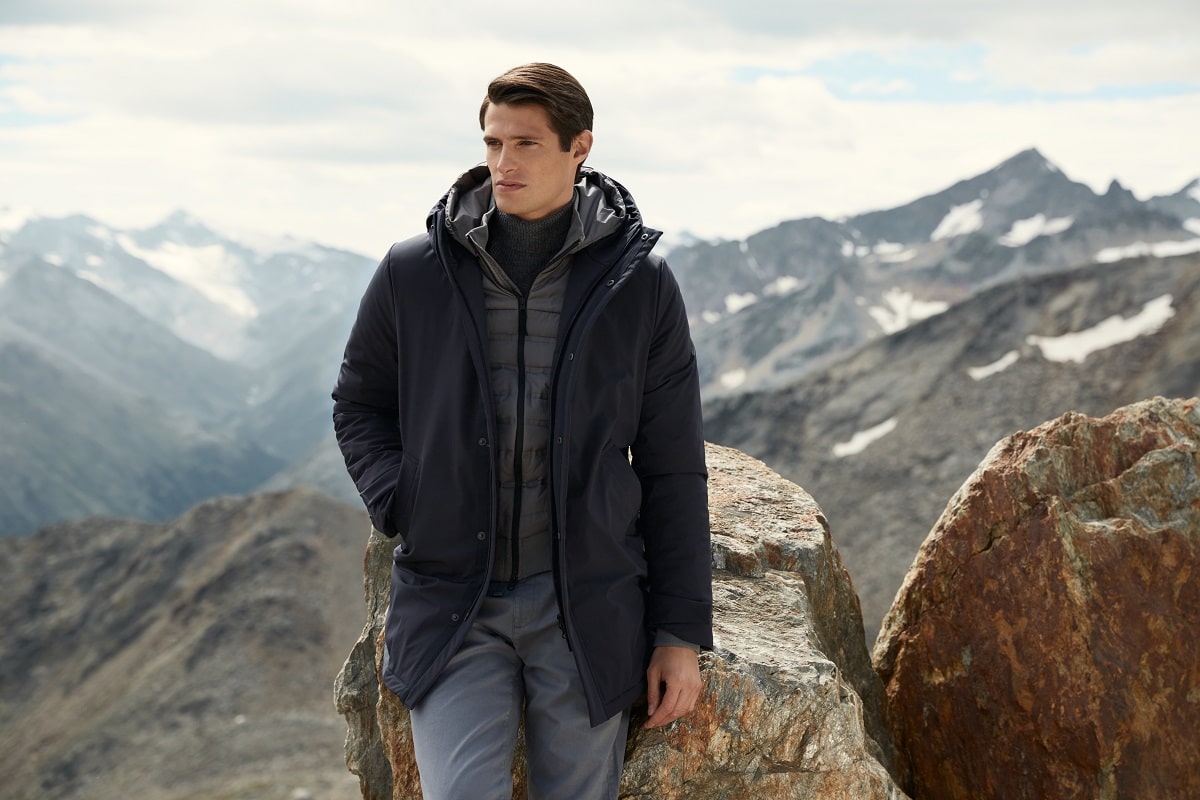
The chill grabs your attention, and then you check the thermostat – or the weather report on your phone. It feels like winter, and whether you’re headed out, staying in, or going to the office, you know you need to put on something to stay warm. You’re not the type to head out in shorts and a t-shirt this time of year, but you also know that winter dressing is more than throwing on the heaviest items you own.
This approach, instead, is a recipe for bulk and discomfort – plus looking and feeling awkward and bloated. For a more streamlined, strategic approach to winter dressing, get started with a base layer for men and the following:
Know Your Cold-Weather Fabrics
Certain fabrics are better at retaining warmth than others. Viscose and rayon are obviously out, but for everyday dressing (as opposed to performance-oriented outdoor garments), know what’ll give you a baseline of warmth:
Cotton: Hikers and other outdoor enthusiasts will debate you to the death on this. For more intensive use, no, cotton isn’t ideal. You’ll sweat easier, and the heavier, stiffer, non-wicking construction tends to absorb perspiration. This has the opposite effect: you’ll feel even more chilled and, outdoors, risk getting hypothermia. If you won’t be out on the trails, however, heavier-weight forms of cotton, like twill and denim, tend to be ideal as a mid-level garment that helps you stay warm when used in conjunction with other fabrics, like wool.
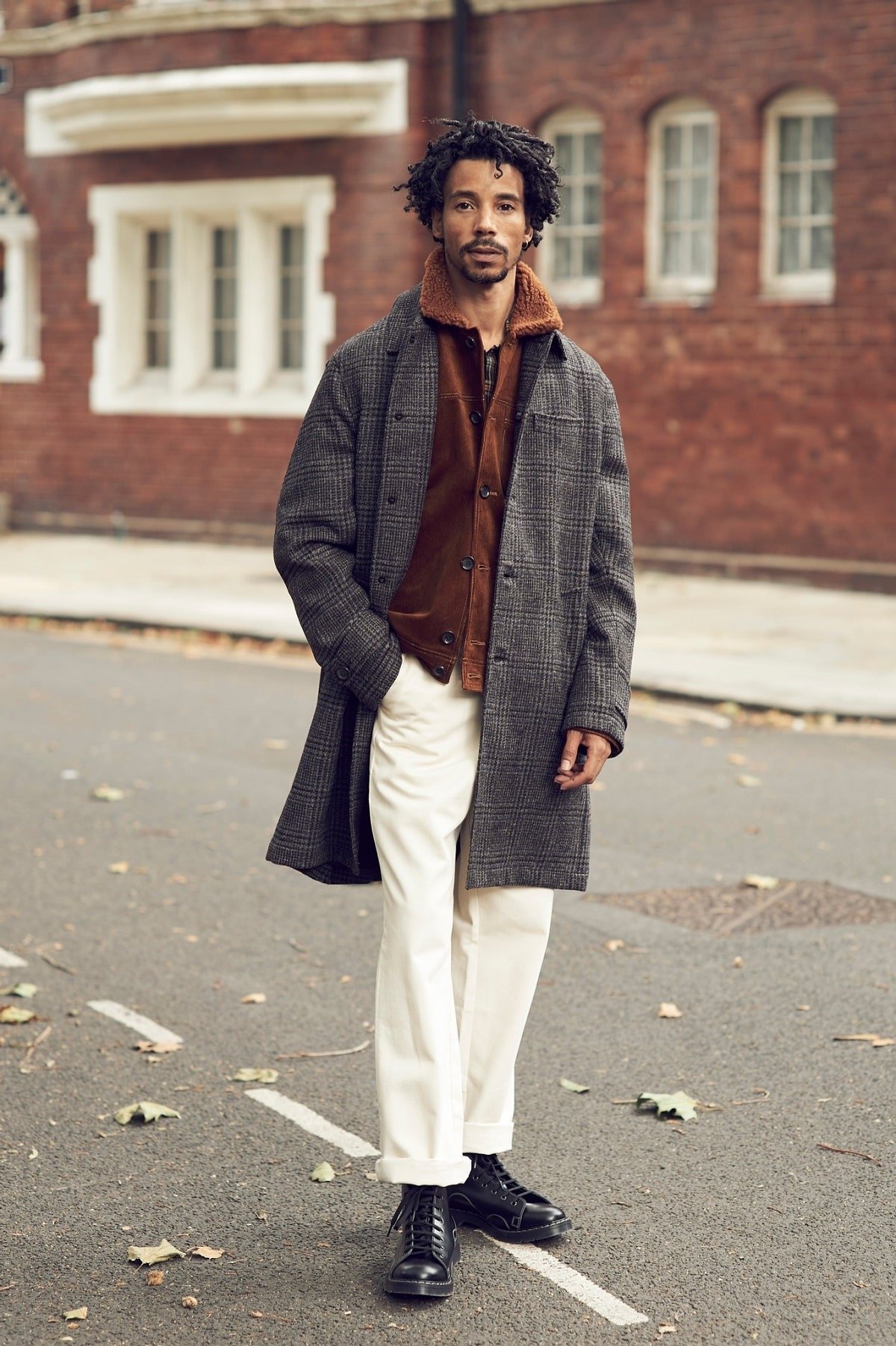
Wool: On the subject of layering, wool has been receiving more attention over the past few years as a more sustainable alternative to synthetic-based performance garments for its natural ability to wick moisture, control odours, and hold onto body heat. When it comes to cold-weather dressing, have multiple wool garments in your arsenal: from finely knit merino base layers to chunky cable-knit sweaters to, less obviously, suit jackets and headwear for when you need to dress up. On this note, flannel is traditionally a wool-based material, napped to not only feel soft but to better trap body heat.
Leather: Thicker constructions – think motorcycle jackets, as well as boots – can function as a second skin when it comes to blocking out the elements. Just don’t forget to wear a few layers underneath for warmth.
Cashmere: This season, it seems that everything from sweaters and cardigans to baseball caps comes in a luxury cashmere variation. To keep it simple, cashmere functions much like wool but feels lighter, silkier, and less scratchy against the skin.
Insulation: Perhaps you’re the type to hang around the house in a puffer vest, or you find nothing wrong with a fleece quarter-zip over a gingham-patterned button-down. Most times, insulation is key for heading outdoors – your decision, then, is whether you wear it as a midlayer or on the outside. In this regard, down – preferably treated to be water resistant – is lightweight yet warm, while Primaloft, Thinsulate, and fleece offer a synthetic alternative that better handles cold, damp conditions.
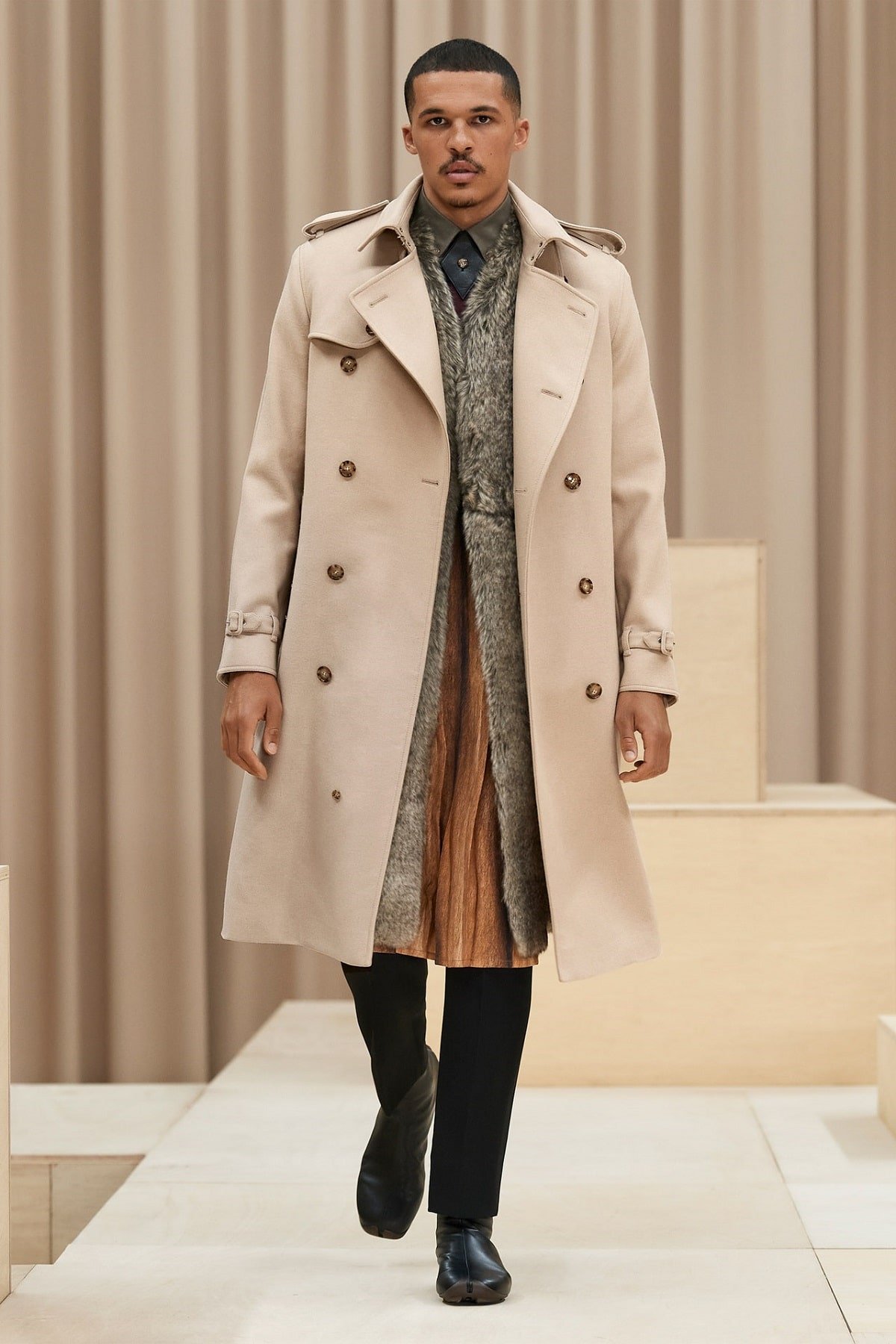
Know How to Layer
There’s an art to layering. To start, effective layering combines multiple garments without resulting in a bulky, overstuffed appearance. Secondly, you can take off or put on additional garments without it throwing off your finesse. As a third factor, how you layer for casual everyday wear will vary from staying warm yet polished for the office and other dressier occasions.
We’ve covered how to layer effectively before. For a few key takeaways:
1. Start thin closer to the skin and add your heavier garments as you layer outward. Generally, that means starting with moisture-wicking undergarments, perhaps with a merino wool base layer on top, before you add a cotton button-down followed by a knit or wool blazer and a winter-ready coat to top it all off.
2. Watch the hems. Start shorter closer to your skin and add length as you go outward. Or, more for casual layering, have a clear structure between your shirt, flannel, and knit hems, so you don’t look like one mass of fabric.
3. Don’t forget about accessories. Wool hats and gloves complement the layers added over your torso, helping hold onto body heat.
4. Don’t just pile on everything. Wear about three garments under your coat, and make sure you can move freely. You know you’ve overdone it if you’re noticing stiffness around your shoulders and arms.
5. Strive for variety. Mix colours, patterns, and textures as you layer. As a general rule here, keep bright colours and heavily textured fabrics underneath yet visible, and wear a neutral-coloured coat on the outside to frame it all.
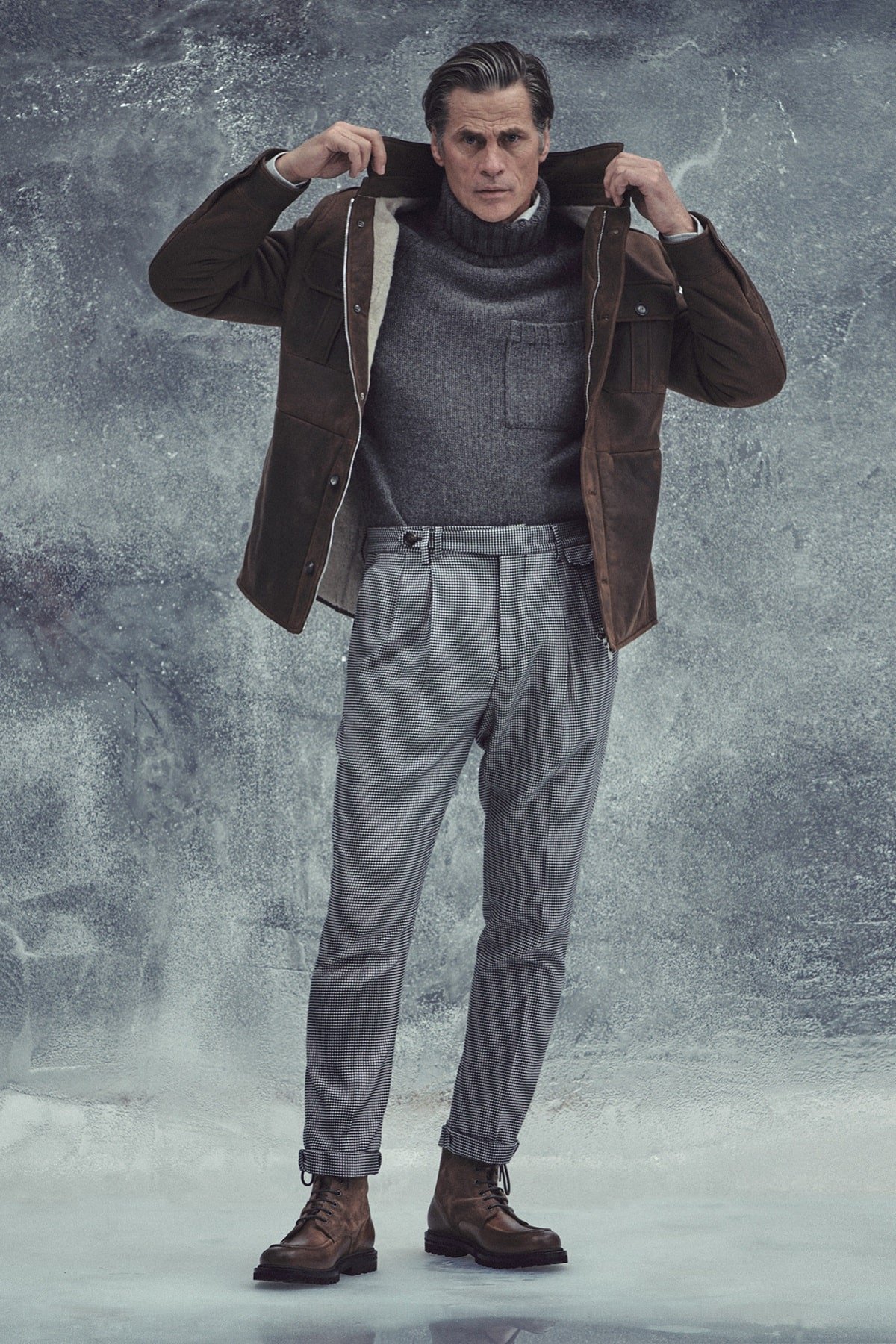
Then, consider how you layer for more upscale environments versus casual dressing:
Formal layering: Focus on your base garments, ideally selecting a t-shirt or other layer sitting next to your skin that will trap body heat, yet control sweat. Add a button-up shirt on top, making sure the base layer underneath doesn’t show. From here, think about adding one or two more layers on, depending on where you’re going. A sweater vest is fine, as is a wool suit jacket – separately or worn together. Finish this with an overcoat cutting a straight, more structured silhouette.
Casual: The possibilities are vaster, going from Grunge-era layering – think a t-shirt over a thermal undershirt, with flannel on top – to the modern-day cardigan over a long-sleeve crewneck, or adding a transitional jacket like a bomber under your overcoat. The key here is that you start with at least one cotton or lighter-weight wool layer next to your skin and add at least one heavier-weight wool or knit garment on top before you reach for a peacoat, parka, or puffer.
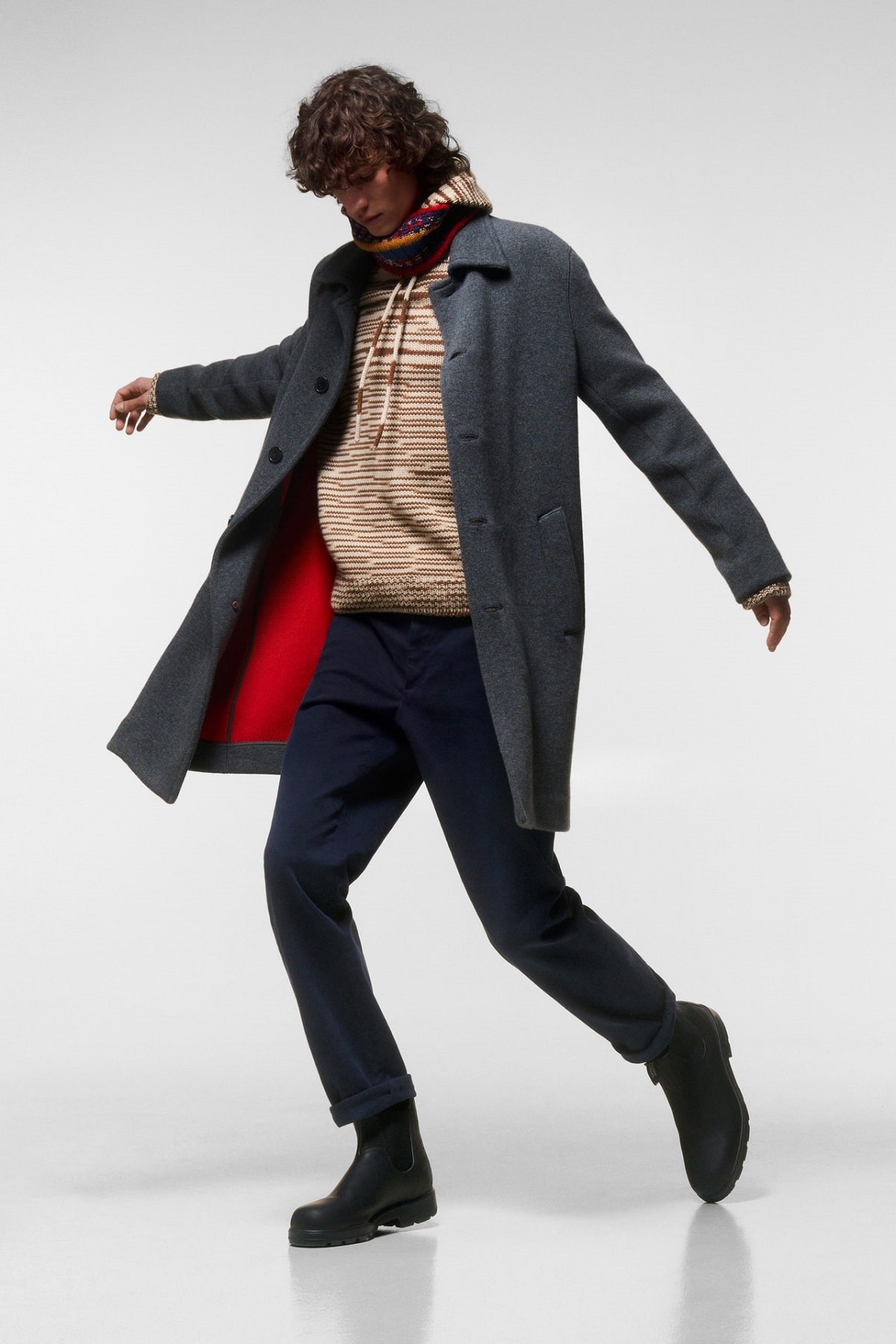
Basic Winter Garments
Once cold weather arrives, you’re advised to focus more of your wardrobe toward:
Knits: Especially with wool or cashmere, medium- to heavier-weight knit construction helps trap body heat. Although sweaters automatically come to mind, knits, especially in 2021, encompass more garments. Shake up your layering strategy with sweater vests, cardigans, and even knit bombers.
Your Coat: Also like your sweater, wool is preferred for whatever peacoat, overcoat, or toggle coat you don. Warmth properties certainly help, but the material naturally wicks moisture, making it ideal for damp or snowy days. Other options extend to the parkas and puffers made with a nylon exterior that’s typically durable and water repellent. These coats may offer a three-in-one system with a fleece layer you zip inside, or feature baffling with down or synthetic insulation.
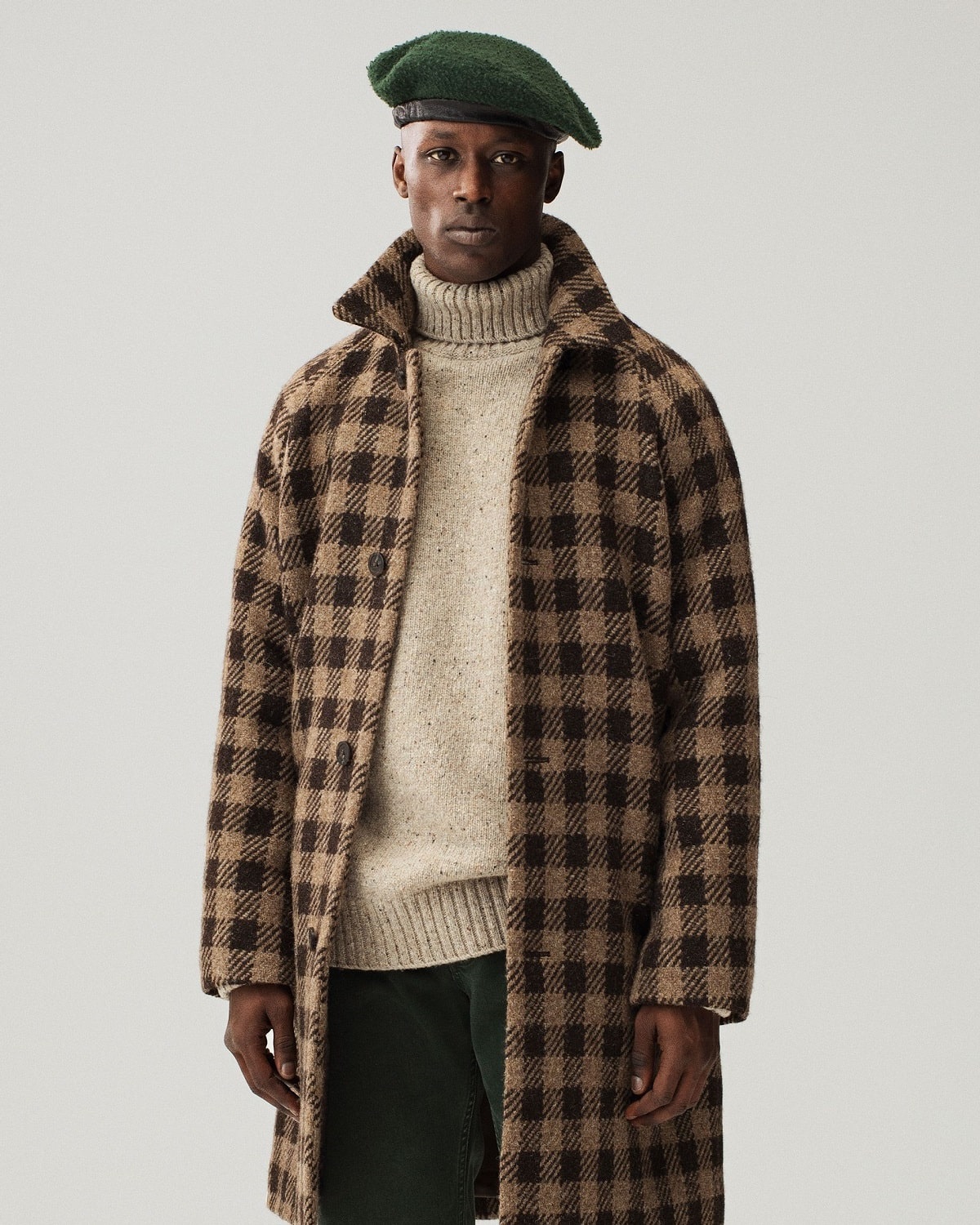
Your suit: You’ve heard the expression “winter suit” before. It’s the opposite of summer’s unlined cotton or linen variety, instead made of wool, tweed, or a similar thicker material, with a full lining added. Design wise, winter suits tend to stay traditional – grey or navy, with darker-hued checks as experimental as it gets – but can be split up into separates.
Accessories: While accessories finish off your look, they serve a functional purpose – covering bare skin against the cold and helping your body hold onto warmth. Your essentials include a wool hat – a knit beanie is standard, although a wool fedora or similar dress style may suffice – as well as a pair of gloves, wool socks, and a scarf that covers your neck.
Footwear: As a baseline, select an outer material that will block out the cold and damp slush. In more recent years, insulated dress boots have emerged as a practical hybrid solution. These present a fully seam-sealed, waterproof or water-resistant exterior and pair it with insulated lining and a lugged outsole for increased traction. Visually, they give off classic vibes – think oxfords, brogues, or even balmoral boots – yet give you better features for navigating slippery pavements.

Trending
2
3
4
5
6
7
8
9
10










